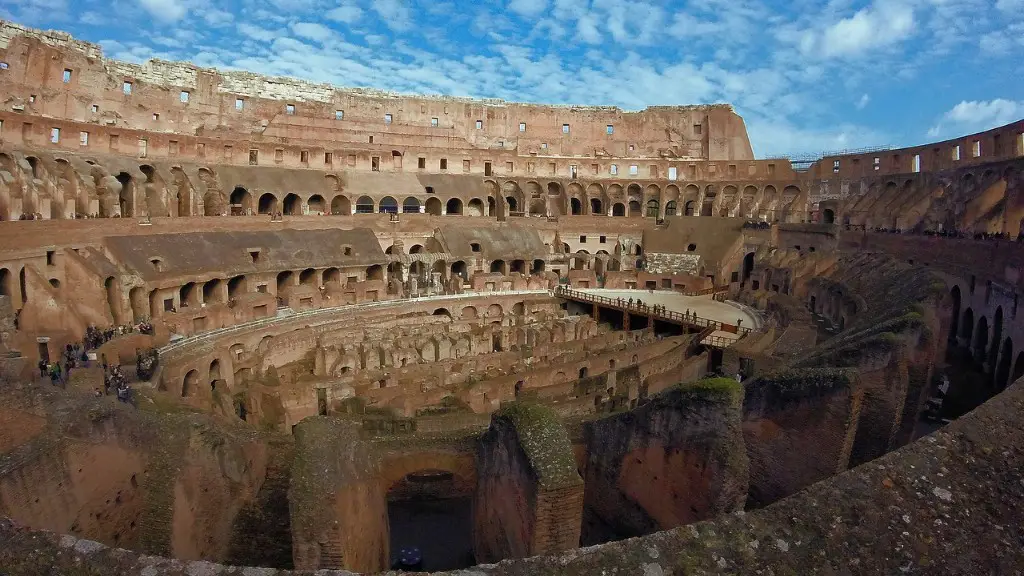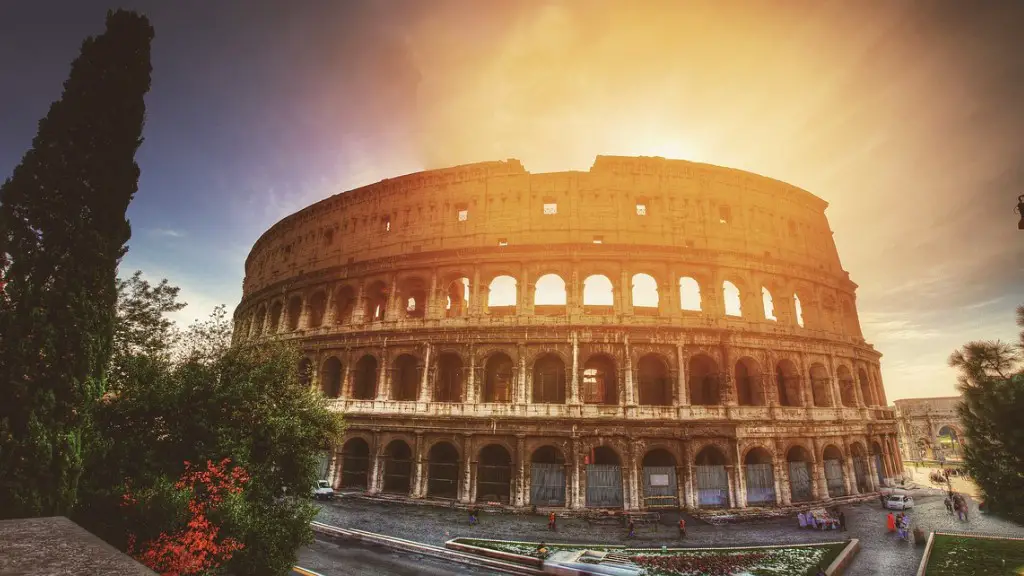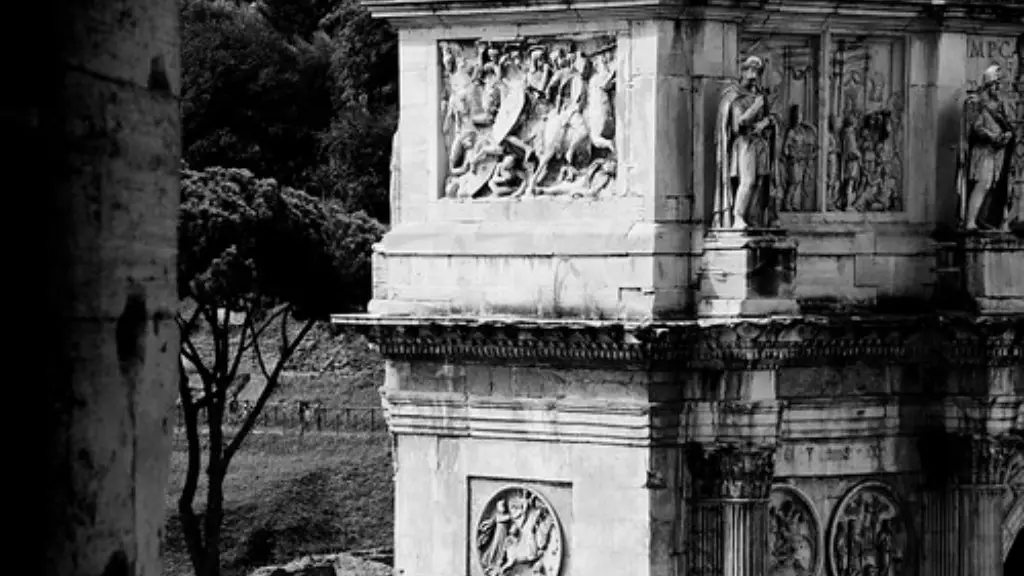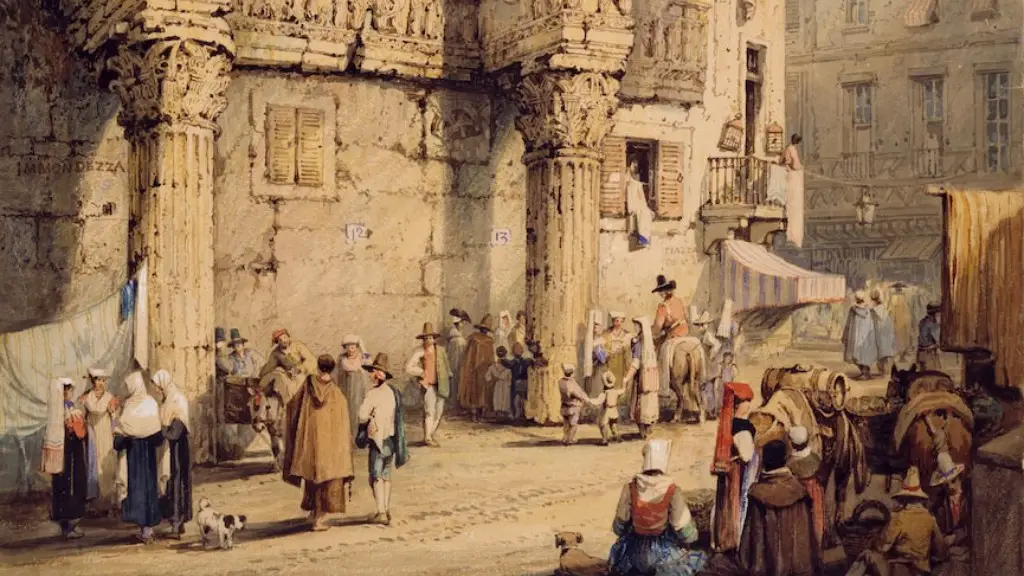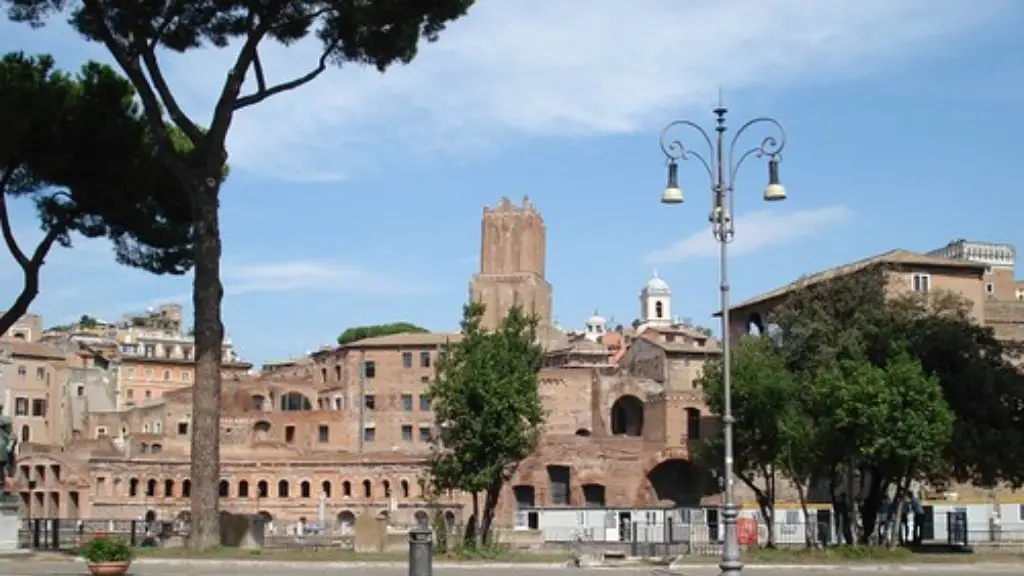The purpose of this paper is to analyze the economy of ancient Rome. To do this, this paper will look at three different aspects of the Roman economy. First, this paper will examine the monetary system of Rome. Second, this paper will look at Roman trade and commerce. Finally, this paper will analyze the Roman agricultural system.
The Roman economy was highly diversified and focused both on agriculture and manufacturing. Trade was also an important aspect of the economy, with Rome engaging in extensive trade networks with other Mediterranean societies. Rome was largely self-sufficient in terms of food production, but imported a range of luxury goods from other parts of the world. The Roman economy was highly sophisticated for its time, with a highly developed system of currency, banking, and accounting.
What was the economy in ancient Rome?
The economy of ancient Rome was largely agrarian, with a strong focus on feeding the vast number of citizens and legionaries who populated the Mediterranean region. The staple crops were grains, olives, and grapes, and olive oil and wine led Italy’s exports. Rome was not a particularly wealthy region, but it was able to maintain a strong economy through its extensive trade networks.
Like all ancient societies, Rome’s economy was based on agriculture, which was incredibly labor intensive. As Rome fought more foreign wars, many small landholders were away serving in the military for longer periods. This led to the consolidation of landholdings and the rise of a class of large landowners. This class of landowners became increasingly powerful and their interests diverged from those of the small landholders and the general population.
Why was the Roman economy successful
The Roman Empire was an extremely successful empire that created a large, integrated market. This market was connected by cheap water transport and enjoyed uniform and effective institutions. These institutions included military security, a stable monetary system, and good laws. The government was also pretty good.
The Roman economy was highly dependent on trade and markets. The Pax Romana, or Roman peace, was an important factor in the prosperity of Rome. Temin argues that the Roman market economy was very different from the modern economy, but that the principles of economics still apply.
How did the Roman economy grow?
The early Roman Empire was able to become as vast and great as it did due to trade. Emperor Augustus took control of trade from the government and expanded Roman influence by opening new trading markets in overseas areas such as Britain, Germany, and Africa. This allowed Rome to become one of the most powerful empires in the world.
The wealthy Romans lived a very good life. They had beautiful homes that were usually located on the hills outside of Rome. This was done to avoid the noise and smell that came with living in the city. The wealthy Romans enjoyed an extravagant lifestyle. They had luxurious furnishings and were surrounded by servants and slaves who would cater to their every need.
What economic problems did Rome have?
It is clear that many of the problems that led to Rome’s decline were due to government and economic corruption. Rome’s economy was based on slave labor, which created a large gap between the rich and the poor. The rich grew wealthy from their slaves while the poor could not find enough work. This led to increased social unrest, which was one of the factors that contributed to Rome’s decline.
The reasons for the scarcity of loans in Rome in AD 33 are not entirely clear. However, it is probable that the continued unrest in the city (due to, for example, political strife and the ongoing Roman-Persian Wars) made many potential lenders hesitant to extend credit. This, coupled with the fact that the Roman economy was probably not in great shape at this time, led to the severe crisis that is documented by historians.
How did Roman get rich
The Roman Empire was one of the richest and most prosperous empires in history. Many things contributed to this including their advanced road system, their position on the Mediterranean, and the vast amount of wealth that the rich people owned.
The Romans made trade as easy as possible by using only one currency and by not having any complicating customs dues. Trade was also encouraged by many years of peace within the Empire. Trade was vital to the success of the Empire.
Did Ancient Rome have capitalism?
Although Ancient Athens and Ancient Rome were two of the world’s first fully functioning capitalist societies, they possessed different social hierarchies relative to modern capitalist societies. In particular, the Greek and Roman societies were characterized by a greater degree of social stratification, with a smaller middle class and a larger number of slaves.
The three professions mentioned were some of the most respected and educated occupations in Ancient Rome. Government was a very large sector with many different types of positions. The Senators were very wealthy and had a lot of power.
How did the Romans treat the poor
The poor people in Roman times were generally unskilled workers, hiring themselves out on a daily basis to do various menial jobs. They were known as a mercenarius – the modern equivalent word being ‘mercenary’ – meaning a person who works for money.
A denarius a day was the most widely quoted wage for a common soldier in the Roman army. This wage was increased by some emperors, including Septimius Severus and Caracalla. A praetorian was paid a salary of 2 denarii per day.
When did Rome economy weaken?
In 33 CE, the Roman empire experienced a severe economic crisis. The crisis occurred when a law requiring creditors to invest a proportion of their capital in Italian lands was revived after observance and enforcement of it had lapsed. This law caused many creditors to pull their investments out of Rome, which led to a decrease in government revenue and an increase in government debt. The crisis was exacerbated by a series of natural disasters, including a major earthquake in Rome, which caused further economic instability.
This means that before the Roman Empire collapsed, the top 1% of its population controlled an incredibly disproportionate amount of its wealth. This ultimately led to the Empire’s demise, as the majority of people were unable to afford the basic necessities of life, while a select few held all the power and wealth. This is a cautionary tale of what can happen when income inequality gets out of control.
Warp Up
The Roman economy was based on agriculture, trade, and manufacturing. Ancient Rome had a complex economy that was based on trade and commerce. Rome had a lot of resources that were used for trade and commerce. The Roman economy was based on barter and trade. Barter is when two people trade goods or services without using money. Trade is when two people exchange goods or services for money.
The ancient Roman economy was quite different from our modern economy. For one thing, the Romans had a very large slave population who did most of the manual labor. Roman society was also based on a strict hierarchy with the emperor at the top and the peasants at the bottom. The Roman economy was also largely based on agriculture and trade.
